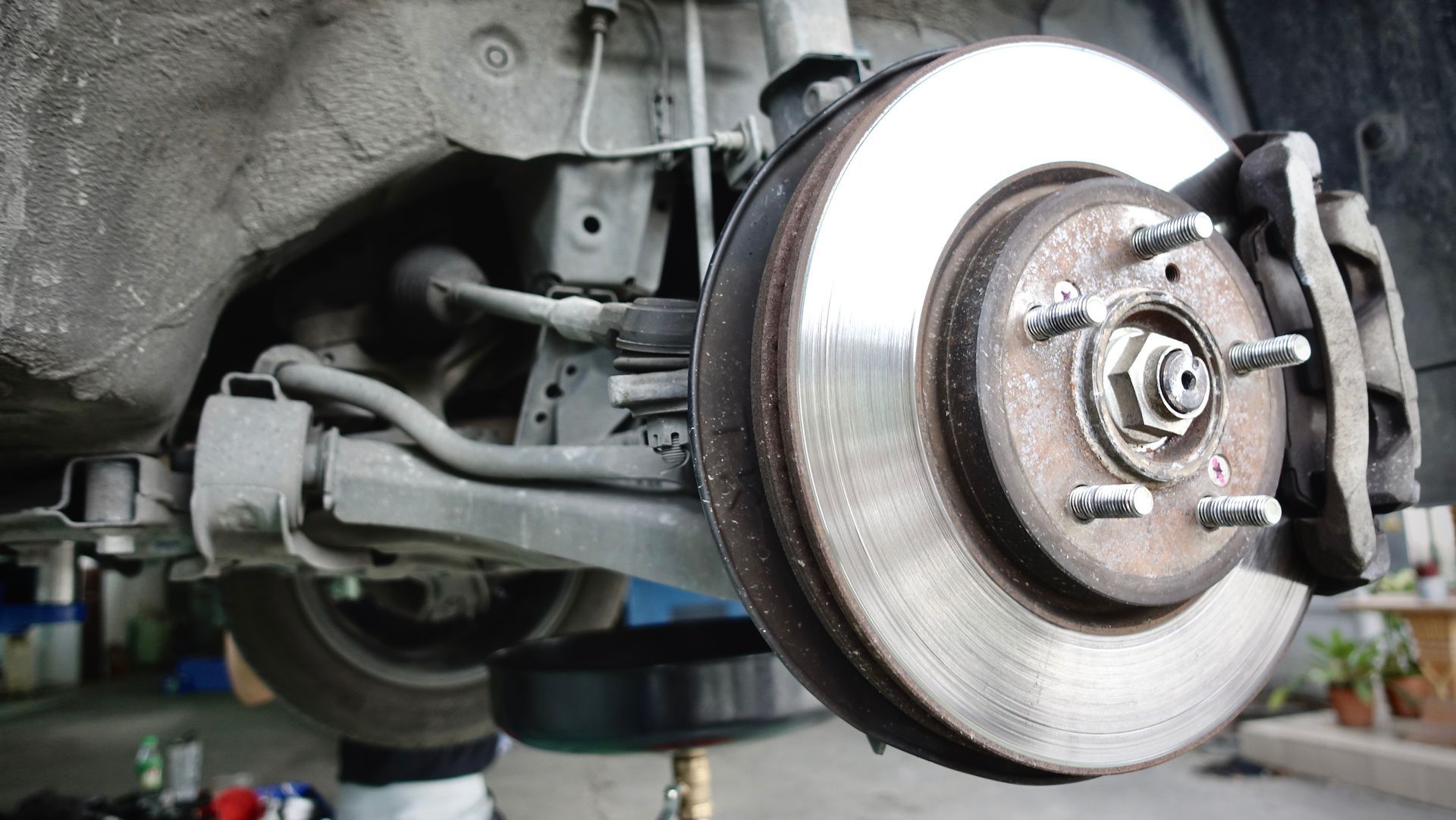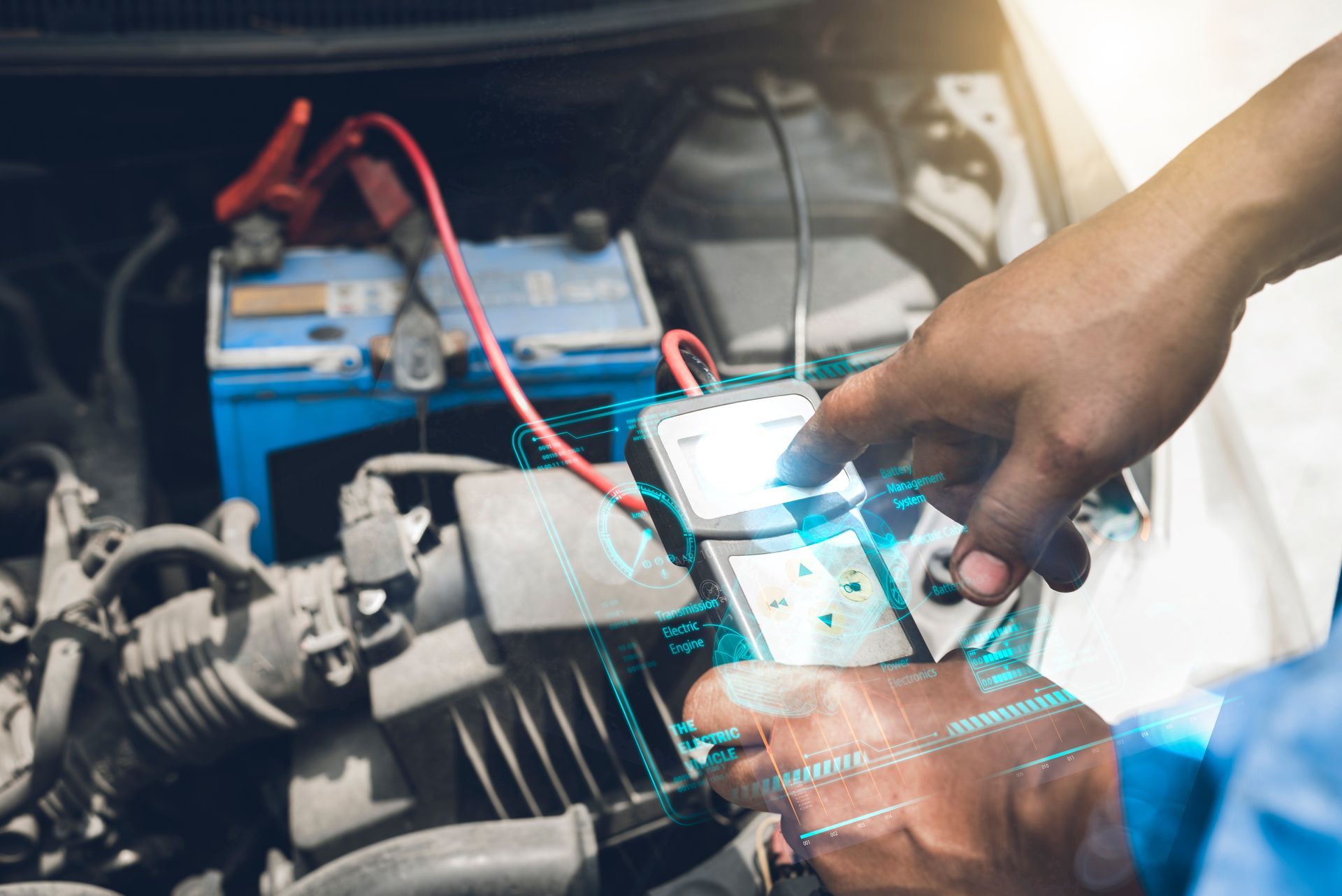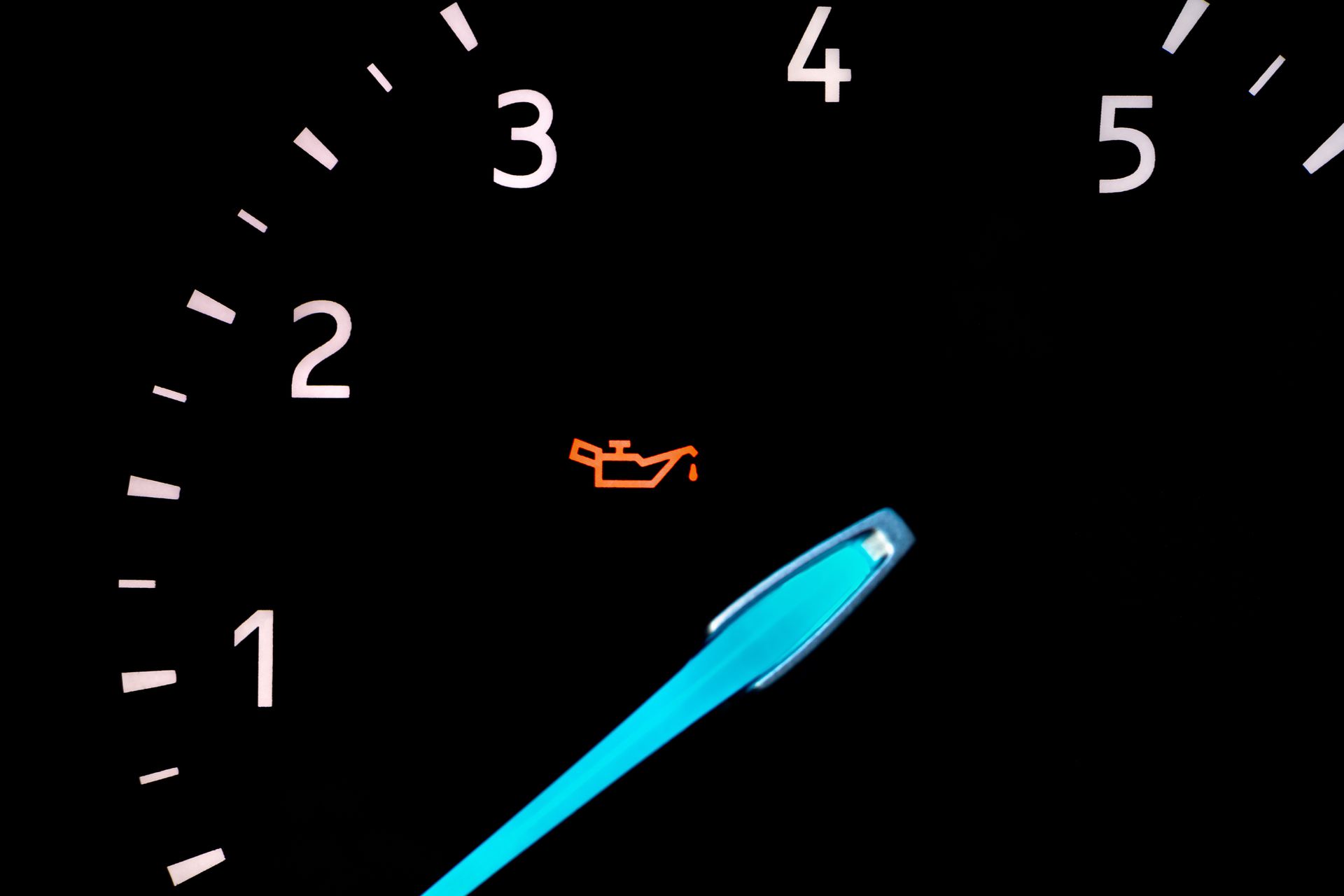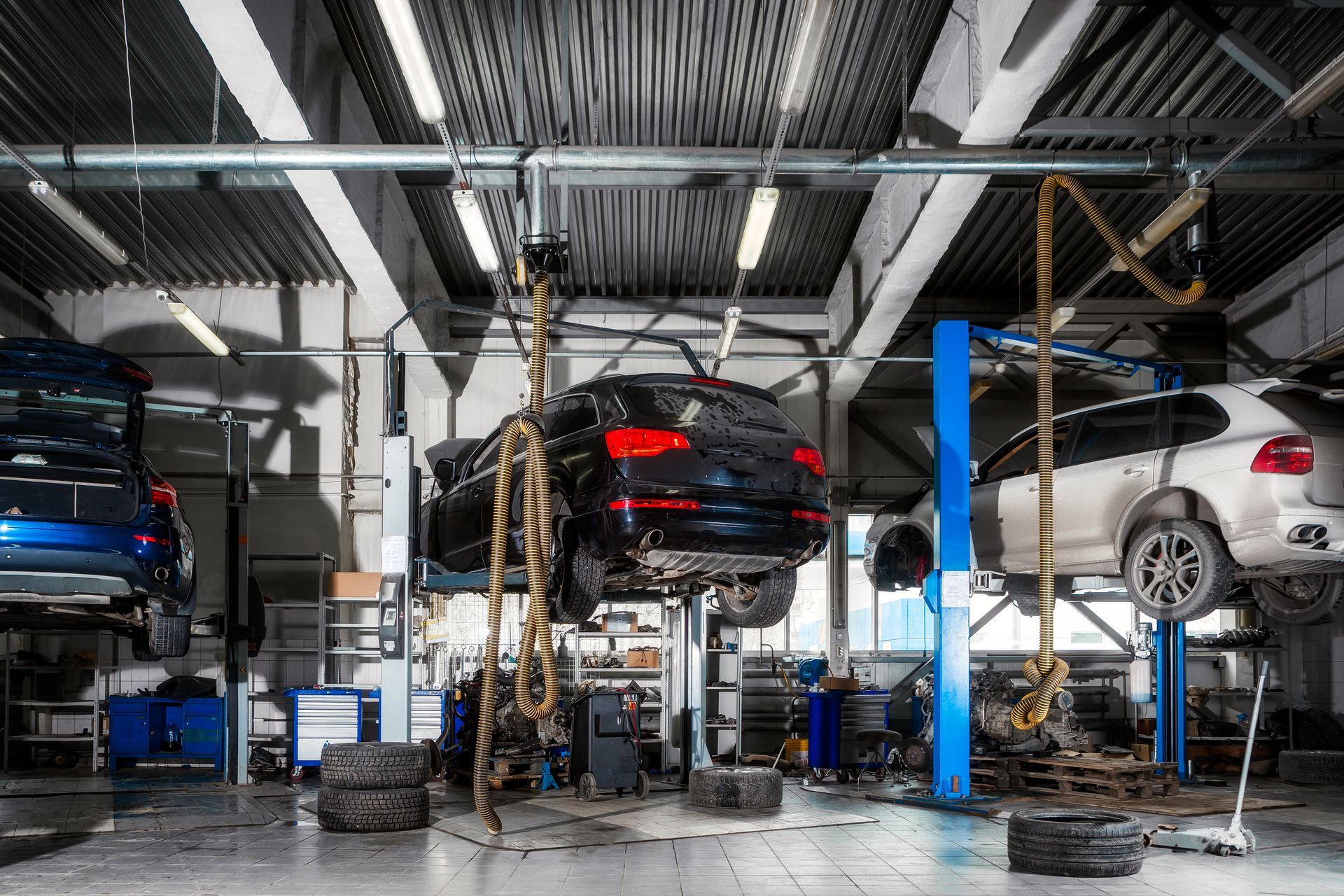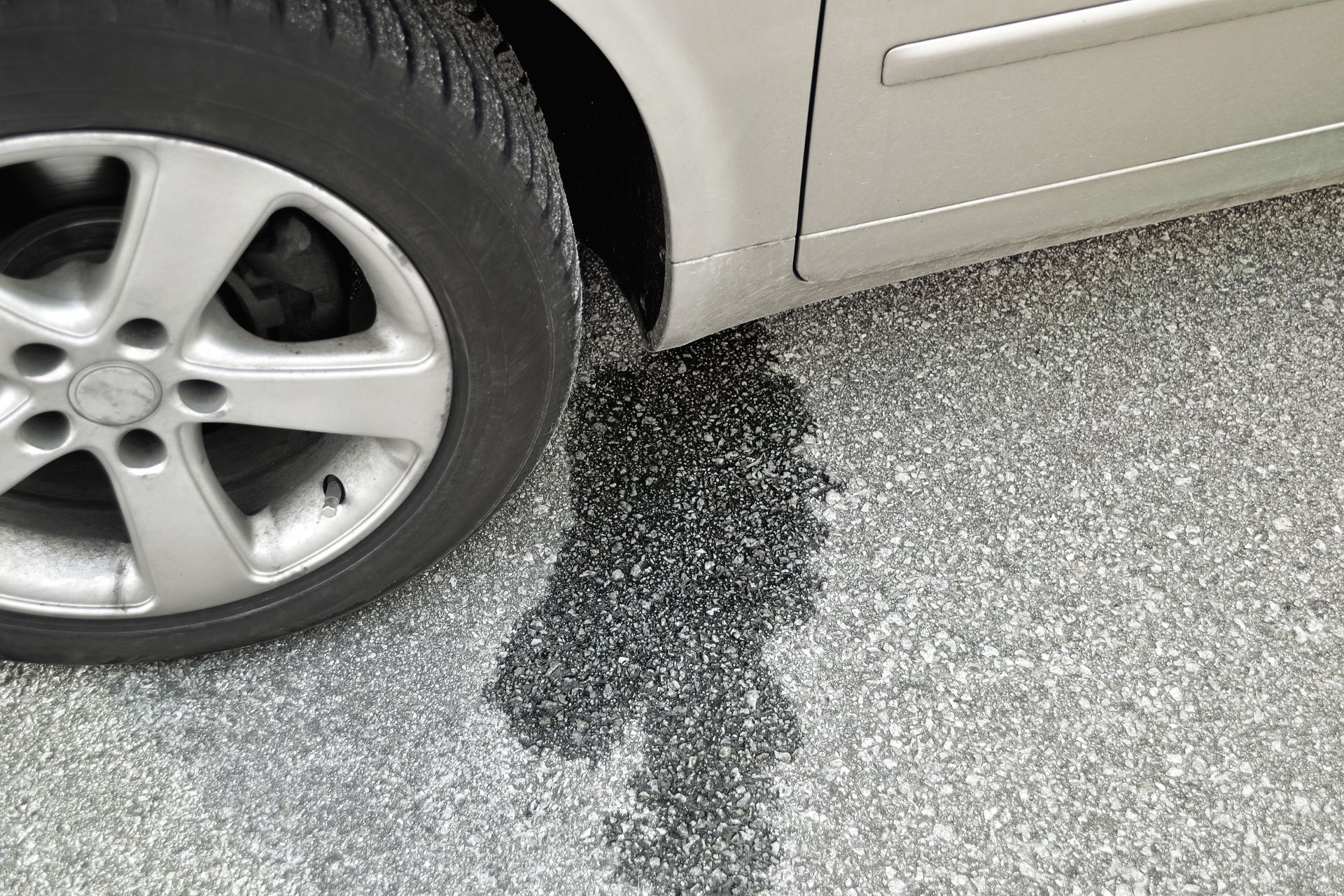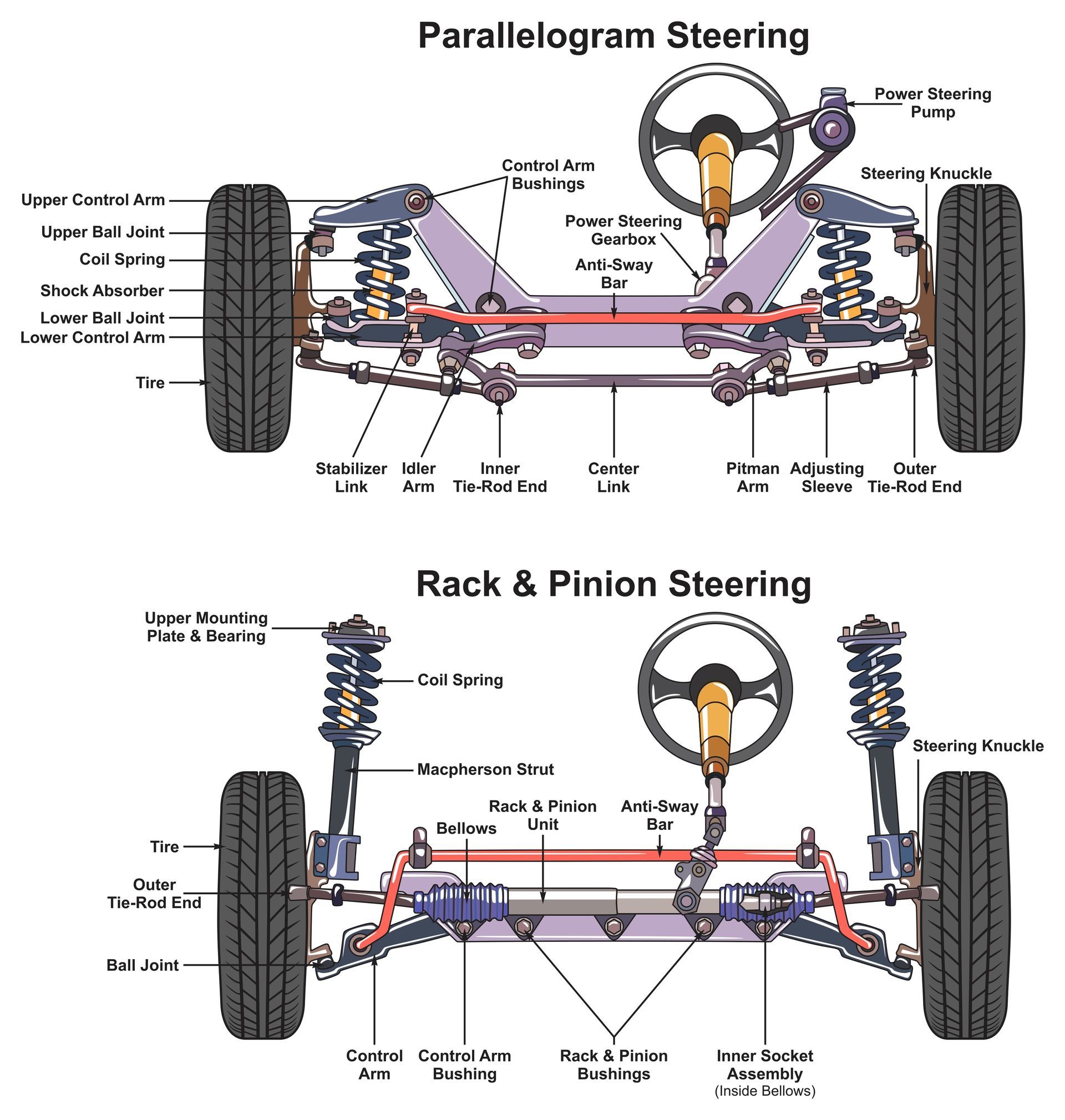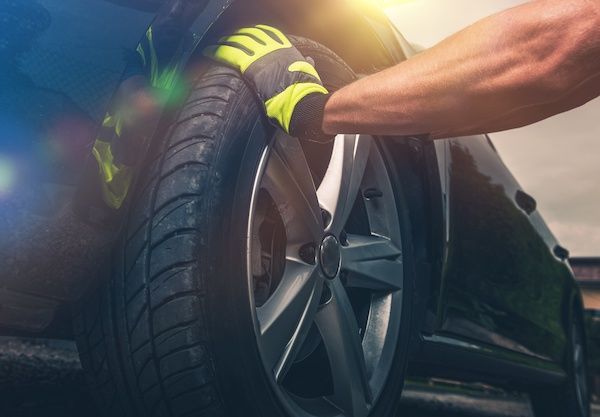
Most manufacturers typically recommend that you have your tires rotated every six months or around every 6,000 to 8,000 miles. But if your car seems to be running fine, you may think, "why would I need that".
Why Tires Need to be Rotated
When you neglect to rotate your tires, they will wear down faster and unevenly. Because your front tires do most of the work when you accelerate or brake, they wear down quicker than the rear. For this reason, you should rotate your tires. Having this maintenance item done will improve the smoothness and quality of the ride. Additionally, the disproportionate areas on the tire can cause other issues like lower gas mileage and poor handling.
This optimization of tire wear will save you money in the long run. More importantly, it will increase the safety of you and your passengers by preventing the associated risks mentioned above.
What Happens During the Process?
The technician will first inspect your tires for holes or punctures, which could occur from accidentally driving over pointy and sharp objects (i.e., nails, thumbtacks, glass). The tire specialist assessing your wheels will let you know their general condition and approximate their remaining lifespan.
During the tire rotation, they will move the positions of the wheel, moving them left to right, front to the back, or sometimes diagonally.
We will also monitor your tire pressure and adjust the psi to the manufacturer's recommendations.
When your tires are removed, the mechanic has easy access to the brakes. A tire rotation presents an excellent opportunity to check your brakes as well.
Last but not least, your technician can assess your alignment to ensure your tire angles are pointed straight.
If you know you need a tire rotation performed soon, we welcome you to bring your car, SUV, or truck into Kwik Kar Auto Repair today!Warning lights on the dashboard are always concerning. If one pops up that looks like a steering wheel, there's something wrong with the car's power steering. You might be wondering what exactly that means and whether you can continue driving.
Power Steering Basics
All cars from the last few decades have power steering. Manual steering takes a lot of effort, and power steering relieves that. The system could be either hydraulic or electric, with the latter becoming more common. If there's an issue with the system, the car will automatically disable power steering until it has been fixed.
Power Steering Warning Light Causes
Hydraulic Systems
The warning is likely letting you know that the car is low on power steering fluid. Check the level right away and fill it if you can. However, if there's fluid loss, there's a leak somewhere. If the fluid level isn't low, there's another issue that will need diagnosing.
Electric Systems
Occasionally, little glitches in your car's computer system will indicate there's an issue even though there are none. In this case, restarting your car will clear the warning light and you'll be good to go. If the warning is still there once you turn the car back on, it'll need to be diagnosed by a professional.
Can I Still Drive?
When a car's power steering warning light is on, it disables the power steering. It won't re-enable until the light has turned off. The car is still driveable, but manual steering requires a lot more work. That alone makes it difficult, but the problem is exacerbated if you're not used to manual steering. Maneuvering and turning will be a challenge that could lead to accidents. Avoid driving it if you can.
If you see the power steering warning light come on, a quick restart could fix it. If it doesn't, however, you'll need to get your car looked at a soon as possible. Until the light turns off, you'll be stuck with manual steering. If you need power steering repair, give Kwik Kar Auto Repair a call today!
